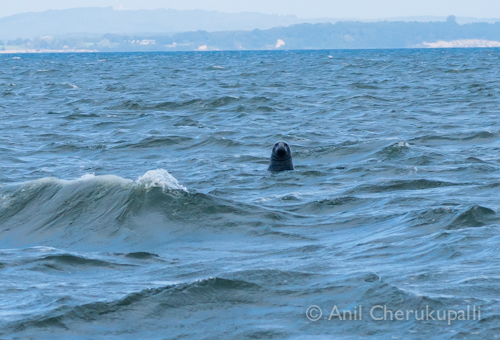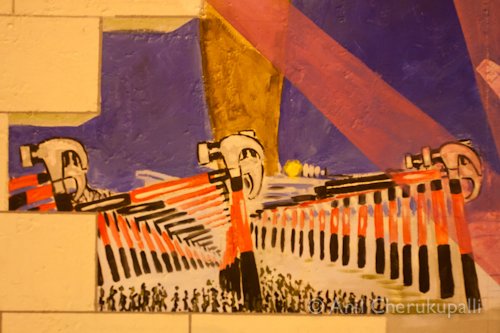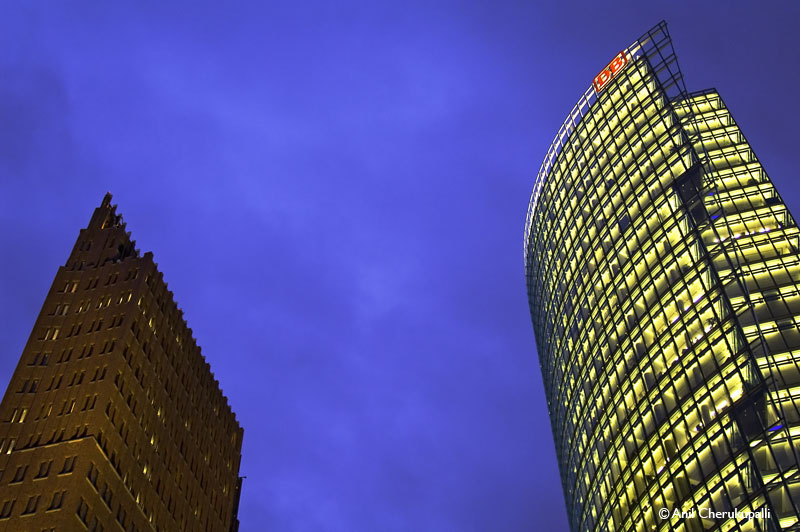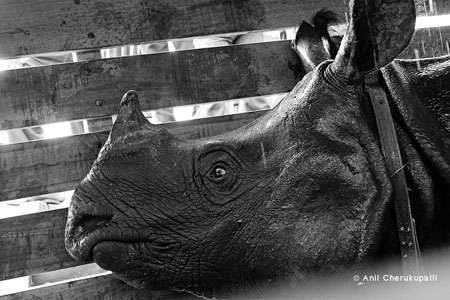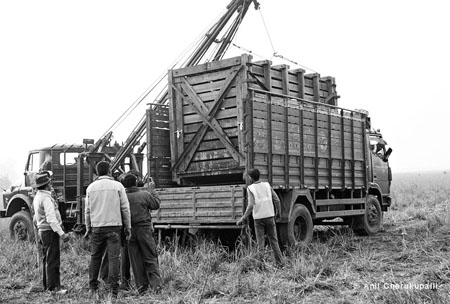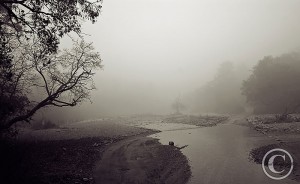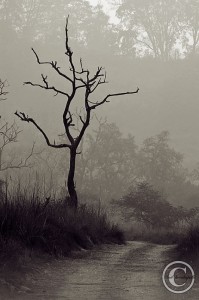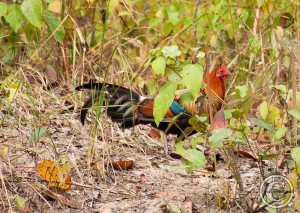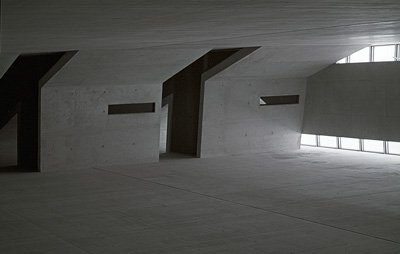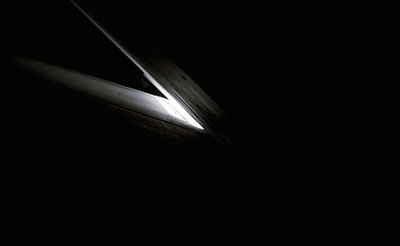Berlin-Notes-IV
So just like that a month has flashed past. Only about 36 hours left before I catch my flight back to Delhi. The last couple of weeks have been relatively quiet but interesting.
They began with the meeting at Ostkreuz, the photo agency, where I got to know its working and organization through Anne and met its head. Anne also looked through my personal photography projects and offered some valuable inputs which will help me greatly in my work.
The next day Anne took me to the photography school run by the head of Ostkreuz. The school offers a two years advanced diploma in photography and has become quite popular of late. I interacted with some of the students, observed a couple of classes and also did a small presentation on Aksgar to them. In the discussion that followed I got some good feedback on the work we have shown on Aksgar so far.

At the photography school
The next few days were spent in winding up work at Loupe on the background research for their documentary and the tutorial with Christof, the editor. Christof offered some basic tips on editing and he also went through the films I’ve done so far and offered some advice on some things that I could improve upon while editing. Again, valuable advice which should help me a lot with my work for WWF.
For the weekend in between I visited Prague with a friend. It was perfect timing! The weather was splendid, warm with blue skies and it was just great to just wander around the breathtakingly beautiful old town part of Prague. The city luckily escaped damage during both the World Wars and the result is one of the best preserved European capitals. Only dampener was that the city was overrun with other tourists like me!
In the remaining week a series of meetings were arranged. One was with one of the main partners of the startup media company I had mentioned previously who are doing great work with multimedia. We had a long and fruitful discussion and this might lead to some good collaboration between them and Aksgar.
I also met with Katia, the one whose flat I had sublet, at her office. Her office in fact organizes the Berlin Biennale and is located in a well known art gallery called KW. We discussed the organization of the festival and I also got to check out the latest art exhibition currently on display at KW.
The other meeting was with Andreas of European Photography. This was one of the most important meetings for me personally as what Andreas has been doing and what we want to do with Aksgar are quite similar. The meeting turned out to be very fruitful. I learnt many things about how European Photography is published and the work that goes on behind the scenes. Andreas also come up with a fantastic suggestion for an offline event in collaboration with Aksgar. I do hope that works out!
In between, I met with Ashwath and photographed him as he clowned around in the center of Berlin. It was a fantastic experience to see him in action in full clown costume especially as I’ll never be able to do in a thousand years what he did in a single evening! The kind of interactions he had with the people on the street and their reactions to him were amazing to observe and photograph. Later that week, last Sunday to be exact, over lunch, we had a great discussion and the beginnings of a collaborative project are shaping up, which I’m really looking forward to! Here is a sneak preview of a photo from the clowning. A proper photo essay will follow.

A Clown in Berlin
And finally, through Imke of the Goethe Institut, I got invited to the reception of the cultural management program they run for the Middle East. So got a chance to meet more ‘cultural managers’, this time from places such as Morocco, Egypt, Palestine, Yemen and Jordan. Was a nice evening even though most of the fellows were not from the photography side but instead were from the theatre and music side of the arts. One particular conversation with the Egyptian fellow was very memorable as he recounted his participation in the recent Egyptian revolution!
I also got to meet my co-ATSA fellow Reza from Bangladesh there and later at his place over some nice Bangla tea he offered some good inputs on the offline event for Aksgar I mentioned above.
All in all, it has been an interesting month. As always one wishes so much more could have been done like squeezing in the last week in another institution perhaps. But then wishes always want to be horses! The fact that this secondment has given me an opportunity to meet a diverse array of people doing some very interesting and good work is the biggest plus I should be taking with me. The challenge ahead would be to apply all this learning to the development of Aksgar, my work with WWF and also give concrete shape to the potential collaborations on offer.
Now, it is time to pack, do some last minute shopping and look forward to checking out Helsinki a bit if possible during the long layover there. Thank you for reading these rambling posts, regular programming should resume on the blog with some big changes being planned! More on that later.
As always here are some photographic moments from the past couple of weeks.

At Prague’s beautiful old town square

From the Charles Bridge, looking at the Vlatava River, Prague

A detail on Prague’s beautiful Charles Bridge

A detail of Prague’s dom (cathedral) located in the castle

A detail of Prague’s famous astronomical clock

Frank Gehry’s amazing dancing house

Berlin’s magnificent Dom (cathedral)

Robert Rauschenberg’s Riding Bikes installation, a symbol of the union of West and East Berlin

At the Wannsee, a lake on the outskirts of Berlin

The woods of Pfauninsel (Peacock Island), an island in Berlin’s Wannsee.


